Rising Demand in Agriculture
The Malonic Acid Market experiences a notable surge in demand due to its applications in agriculture, particularly as a building block for herbicides and pesticides. As agricultural practices evolve, the need for effective crop protection solutions becomes paramount. Malonic acid derivatives are increasingly utilized in the synthesis of agrochemicals, which enhances crop yield and quality. The market for agrochemicals is projected to grow significantly, with estimates suggesting a compound annual growth rate of over 5% in the coming years. This growth in the agricultural sector directly influences the Malonic Acid Market, as manufacturers seek to meet the rising demand for sustainable and efficient agricultural products. Furthermore, the increasing focus on organic farming practices may further drive the need for malonic acid-based solutions, thereby expanding the market's potential.
Expanding Pharmaceutical Applications
The Malonic Acid Market is poised for growth due to its expanding applications in the pharmaceutical sector. Malonic acid serves as a crucial intermediate in the synthesis of various pharmaceutical compounds, including anti-inflammatory and anti-cancer drugs. The pharmaceutical industry has been experiencing robust growth, with projections indicating a market size exceeding several trillion dollars by the end of the decade. This growth is likely to bolster the demand for malonic acid, as pharmaceutical companies increasingly seek efficient and cost-effective synthesis routes. Additionally, the rise in research and development activities in drug formulation is expected to create new opportunities for malonic acid applications. As the industry continues to innovate, the Malonic Acid Market may witness a significant uptick in demand driven by the need for novel therapeutic agents.
Technological Advancements in Production
Technological advancements in the production of malonic acid are transforming the Malonic Acid Market. Innovations in synthetic methodologies and biotechnological processes are enhancing production efficiency and reducing costs. For instance, the development of greener synthesis routes, such as enzymatic processes, is gaining traction, aligning with the increasing emphasis on sustainability. These advancements not only improve yield but also minimize environmental impact, making malonic acid production more appealing to manufacturers. As production techniques evolve, the market is likely to see a shift towards more sustainable practices, which could attract new players and investment. The integration of advanced technologies in production processes may also lead to the development of high-purity malonic acid, further expanding its applications across various industries.
Growing Demand in Food and Beverage Sector
The Malonic Acid Market is witnessing a growing demand from the food and beverage sector, where malonic acid is utilized as a food additive and flavoring agent. The increasing consumer preference for natural and organic food products is driving manufacturers to seek innovative solutions to enhance flavor profiles without compromising quality. Malonic acid's ability to act as a pH regulator and flavor enhancer positions it favorably within this market. The food and beverage industry is projected to grow steadily, with estimates suggesting a market size reaching trillions of dollars in the near future. This growth is likely to create new opportunities for malonic acid applications, as manufacturers look to incorporate it into various food products, thereby expanding the Malonic Acid Market.
Surge in Research and Development Activities
The Malonic Acid Market is benefiting from a surge in research and development activities across various sectors. Increased funding for research initiatives, particularly in the fields of materials science and pharmaceuticals, is driving innovation and the discovery of new applications for malonic acid. Research institutions and companies are exploring the potential of malonic acid in developing advanced materials, such as polymers and nanomaterials, which could revolutionize multiple industries. The emphasis on sustainable materials and green chemistry is likely to further propel R&D efforts, as stakeholders seek to develop eco-friendly alternatives. This heightened focus on innovation may lead to the emergence of novel applications for malonic acid, thereby expanding its market presence and driving growth in the Malonic Acid Market.
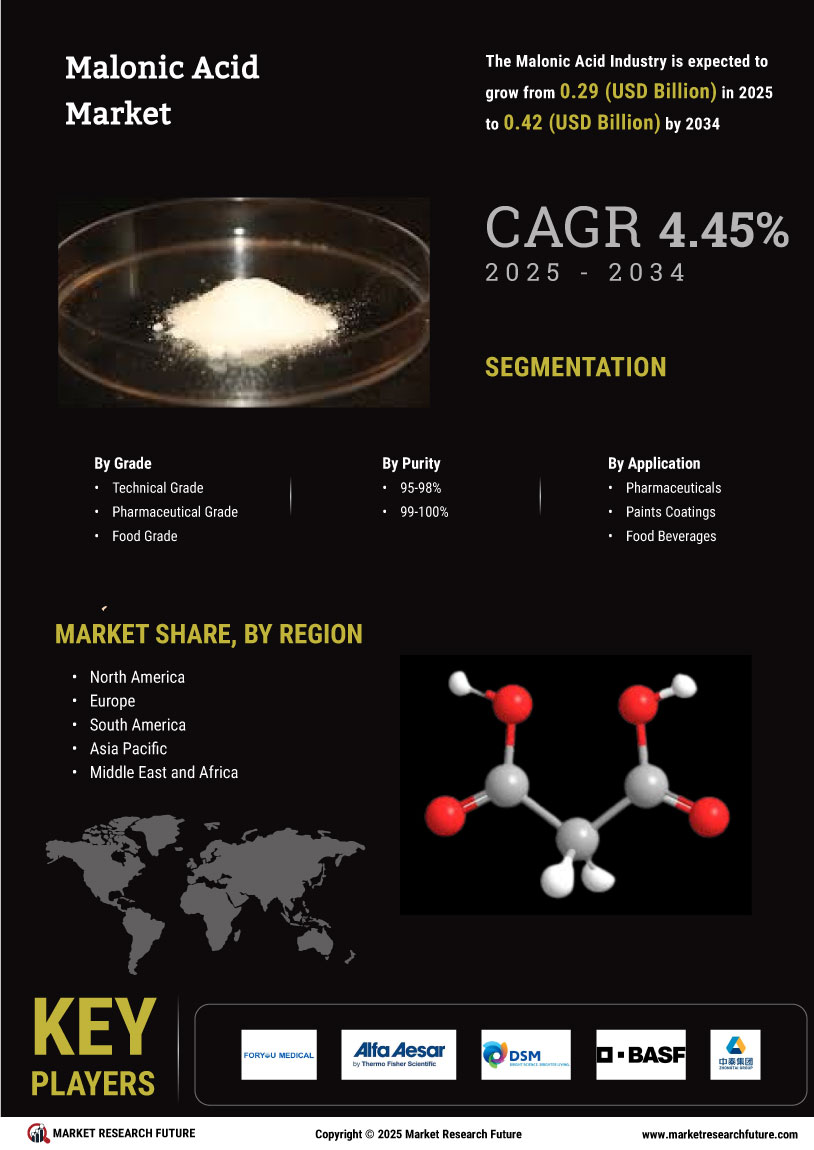

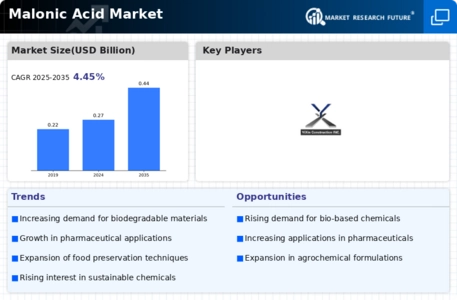
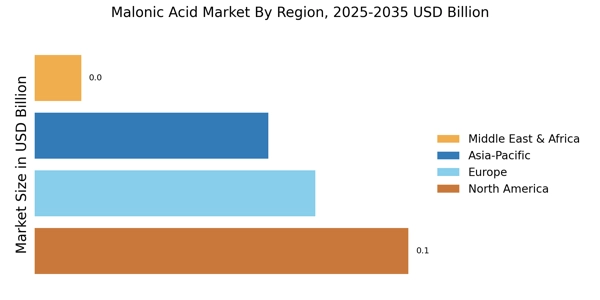
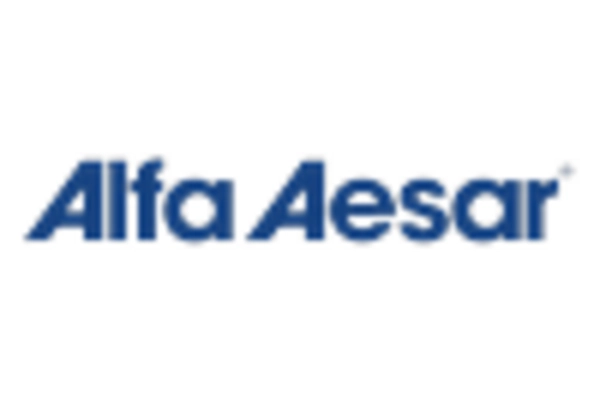


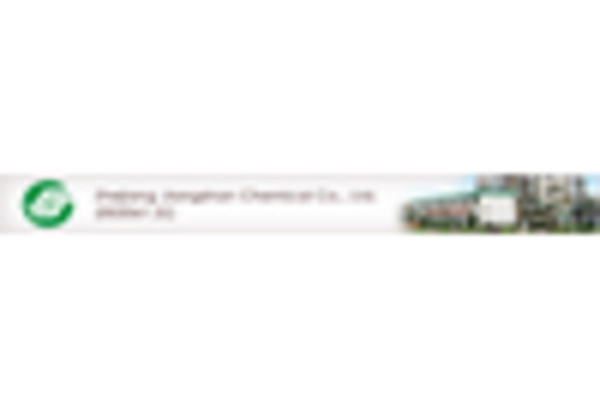

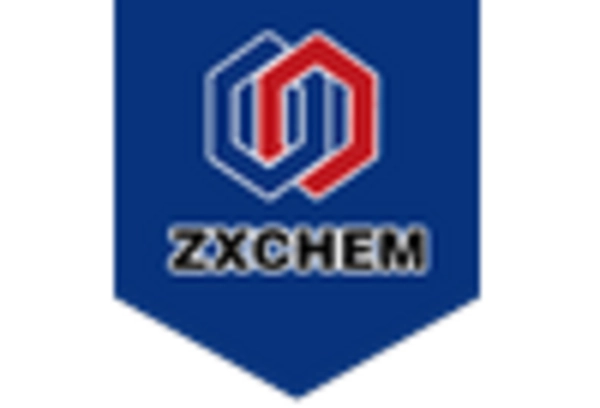








Leave a Comment